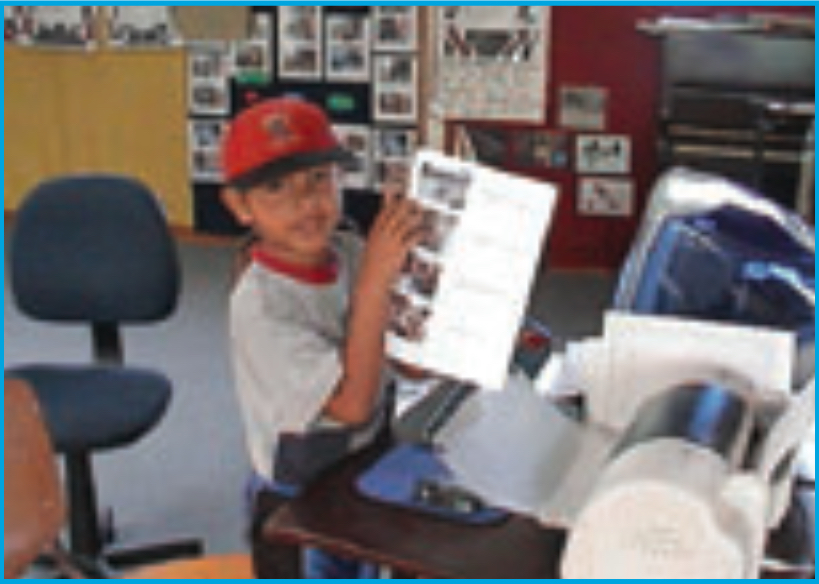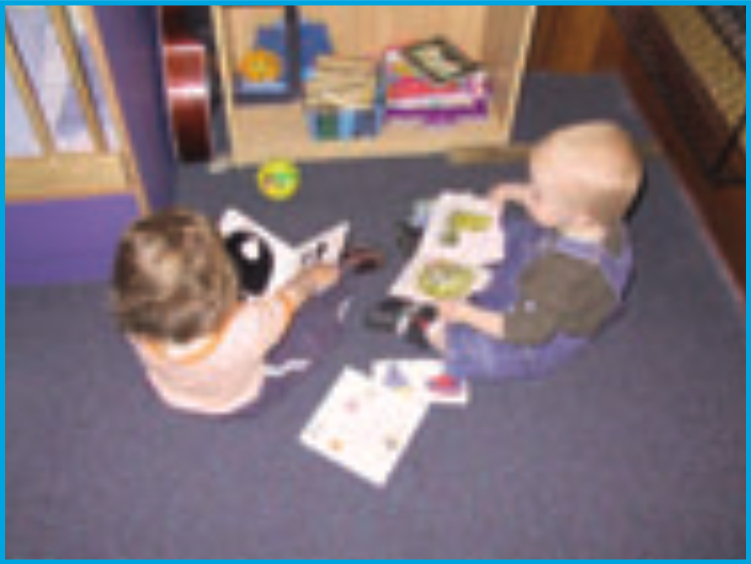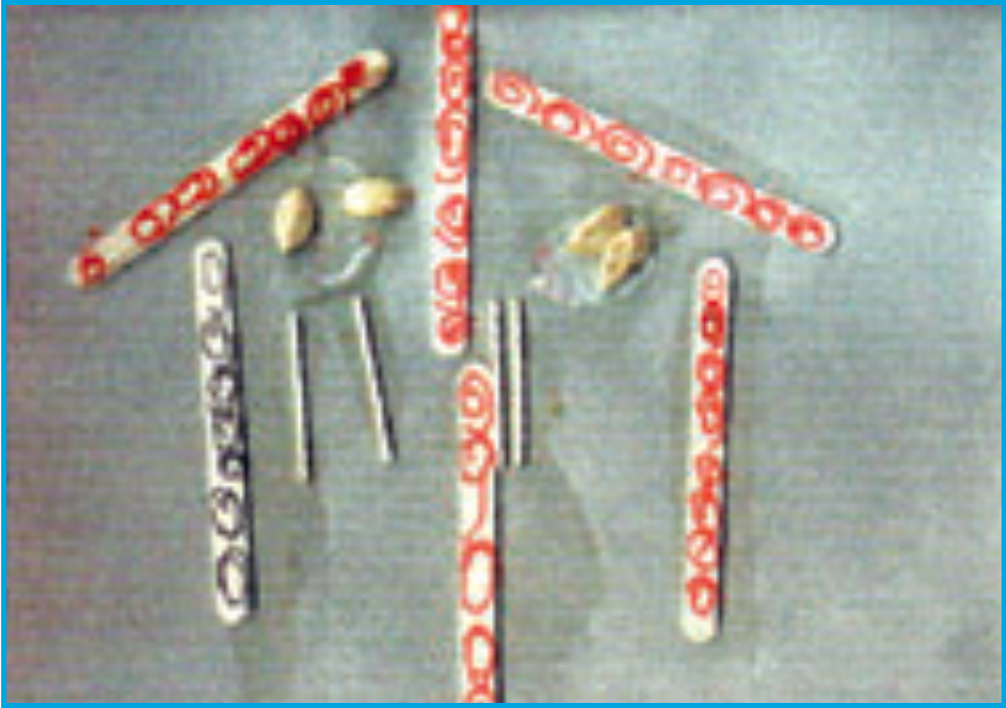Kei Tua o te Pae
Kei Tua o te Pae/Assessment for Learning: Early Childhood Exemplars is a best-practice guide that will help teachers continue to improve the quality of their teaching.
The exemplars are a series of books that will help teachers to understand and strengthen children's learning. It also shows how children, parents and whānau can contribute to this assessment and ongoing learning.
We are making improvements to our download-to-print functionality. So if you want a printed copy there are PDF versions available at the bottom of the main cover page.
Book 16: An introduction to books 17-20 – He Whakamōhiotanga ki ngā Pukapuka 17-20
This is the first of five books on assessment in the domain of symbol systems and technologies for making meaning.

There are connections here too with the key competency "using language, symbols, and texts" in The New Zealand Curriculum (2007). The explanation of this key competency includes the following:
"Languages and symbols are systems for representing and communicating information, experiences, and ideas. People use languages and symbols to produce texts of all kinds: written, oral/aural, and visual; informative and imaginative; informal and formal; mathematical, scientific, and technological." 4
The four symbol systems and technologies for making meaning discussed here – literacy (oral, visual, and written), mathematics, the arts, and information communication technology (ICT) – are a selection. Other systems, for instance, scientific systems for the classification of animals and plants, are not included.5 Furthermore, these four are interconnected. "Reading" pictures, photographs, whakairo (carvings), and drawings includes art as well as reading. Recognising the meaning of culturally significant patterns (for example, tapa and tukutuku) includes language, mathematics, and art. These are cultural systems and technologies. Many of them have been handed down from previous generations, while some are newly constructed and evolving.

Occasionally these are all described as “literacies”, although “literacy” is sometimes seen as being only about language, reading, and writing. A writer who discusses the changing nature of literacy in the 21st century is Gunther Kress.6 He argues that because of the increase in information and communication technology in everyday life, children of today are growing up in a world where the ability to read complex and diverse visual images for meaning will be just as important to literacy success as their ability to read the written word. For example, electronic texts relying on a combination of visuals and words are playing an ever increasing role not only in entertainment but also in communication and employment. The advent of these new symbol systems and technologies demands that we take a broader view of literacy than in the past. The concept of “multiliteracies” is relevant here. “‘Multiliteracies’ refers to multimodal ways of communicating through linguistic, visual, auditory, gestural, and spatial forms.” 7
"Literacy is changing and young children are increasingly exposed to communication tools and situations that are multimodal rather than exclusively linguistic (Hill & Nichols 2006). This has required new thinking about the new forms of literacy. One of the ways that this rethinking has occurred is in the pedagogy of multiliteracies (New London Group 1996), which has expanded our view of reading, writing, speaking and listening to include the various multimedia symbol forms." 8
In this section
- Three lenses – Ngā tirohanga e toru
- An example of assessments using the three lenses – He tauira aromatawai e mahi ana i ngā tirohanga e toru
- Focusing the lens on assessment practices – He āta titiro ki ngā mahi aromatawai
- Focusing the lens on Te Whāriki – He āta titiro ki Te Whāriki
- Focusing the lens on symbol systems and technologies for making meaning – He āta titiro ki ngā tohu whakahaere me ngā momo hangarau hei whakamārama
- Endnotes – Kōrero tāpiri

